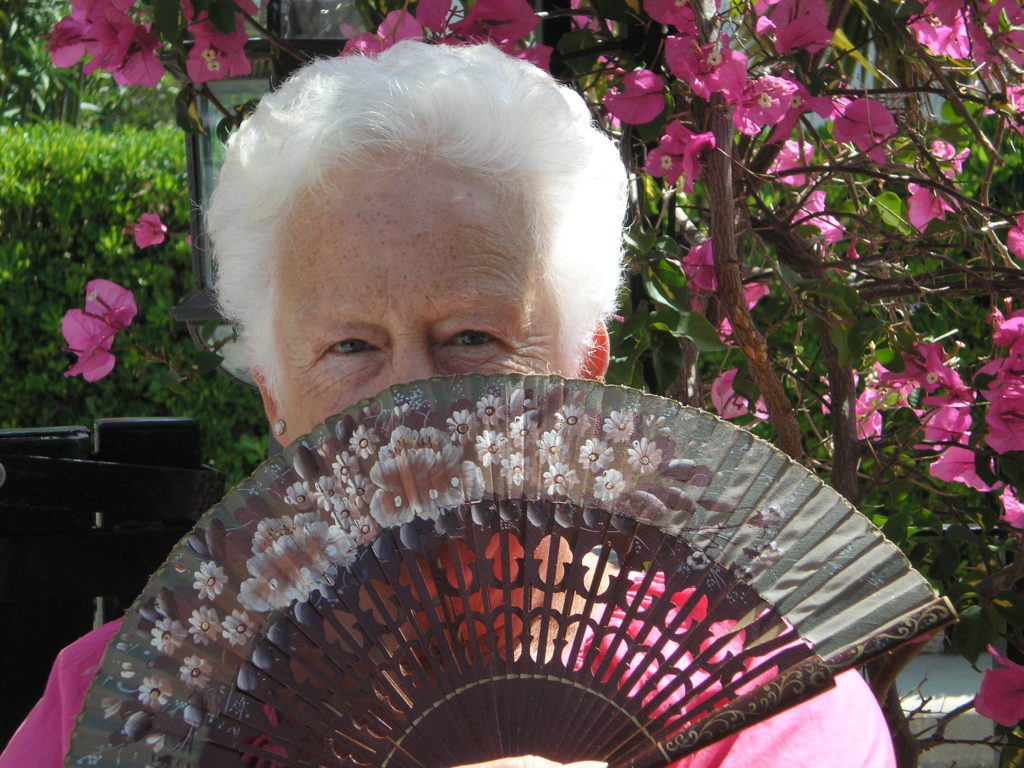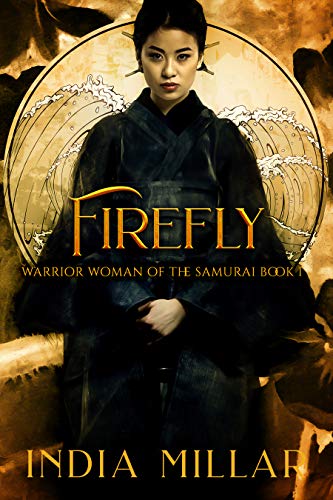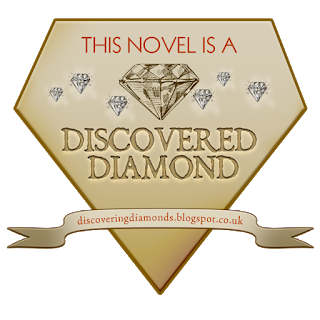I am a sucker for anything that has to do with the Samurai period in Japan. Toshiro Mifune is my boy. So when I heard about Firefly, the tale of a female samurai warrior, or “onna-bugeisha,” I was all in. So, meet India Millar.
India, who are you?
My name is India Millar, and I am a writer of historical fiction. Also, I may well be one of the luckiest people I know – I make my living doing something I love. But like most things that are worth having, my journey to becoming a professional novelist was far from easy. In fact, my love of writing was born out of adversity. I come from a very poor family. My father died when I was eight, and to keep us both together, my mother was forced to work impossibly long hours. In those days, “latchkey” kids were common, and the authorities took no notice of us. Books didn’t figure in our tightest of budgets, so I would come home from school, get myself something to eat and then head for the local library to lose myself in as many books as I could devour, staying there until they threw me out. And that was the start of wanting to be a writer for me. I soon began to create my own, private adventures in my head and I became a dreamer of other existences. I carried my own world in my head, whenever I had a spare moment weaving stories just for myself, for nothing more than to give myself pleasure. To me, this was perfectly normal. I was amazed when I found out that everybody didn’t do it. And it was only recently that I came across a term for it. Apparently, I am a “maladaptive dreamer.” I think that is a remarkably ugly title for one who gives pleasure by introducing their worlds to others. I wonder if I asked any of my favourite authors if they knew they were maladaptive dreamers, what they would say? (Wayne’s note: Hell yea, maybe we need tshirts!) I have a feeling that the response would be that – just like me – they wouldn’t have it any other way!

In spite of my lifelong love affair with words, I never believed I would become a professional writer. That was for other people, not the daydreamer from nowhere. Now I have achieved the impossible and I spend my days bringing my dreams to life, I can only give thanks for those long-ago times that were my start in life.
I really enjoyed Firefly, but tell my readers about it.
“Firefly” is the first in a series of books based on the true tradition of the warrior woman of the samurai. My heroine, Keiko, began life as the daughter of a wealthy samurai. But unlike most women of her class, she was not a pampered nothing, expected to do no more than marry and have as many male children as possible. Dominated by her lovely elder sister, Keiko wanted no more than to win the love and respect of her father, who largely ignored her. . But she found to her cost that the ancient oriental saying of “be careful what you wish for, you may get it” can also become a curse when it amused her brother to teach her the way of onna-bugeisha; the revered warrior women of the samurai. She finally wins her freedom, but at a cost she could never have envisaged.
We share a fascination for that time period. What drew you to the world of samurai Japan?
I’ve been fascinated by the Victorian period for as long as I can remember. I think it is because it was the period in history when suddenly anything at all was not only possible, but likely. Never has mankind achieved so much in a relatively short period; virtually everything we take for granted today had its roots in the Victorian age. And I can’t remember a time in my own history when I wasn’t fascinated by Japan. Who could imagine a country that voluntarily closed its doors to the rest of the world for hundreds of years and then, in less than a century, rose to become a world power? Geisha, samurai, courtesans, the code of bushido, haiku,the kabuki and bunraku theatres, warrior women who fought alongside their men and of course Edo’s Floating World… delicious!

So, what’s your favorite (or favourite) scene in the book?
It’s always difficult to divorce a certain scene from the whole. Of course, if it was easy to pick out one particular piece of the action, then that scene probably shouldn’t be there in the first place as it disturbs the harmony of the rest of the book. Having said that, I enjoyed writing about the incident that made Keiko realize she had achieved her goal of becoming onna-bugeisha. Her brother, Isamu, takes her to steal a golden eagle chick from the nest on an inaccessible mountain. Her father loves hunting and she knows that the rare and wonderful gift of a golden eagle will please him above all else. It does, but the dangerous mountain climb to reach the eagle’s nest and the mother bird’s frantic attempts to protect her chick nearly kills Keiko. And at the end of the day, it is her brother who takes the credit for the gift. As he tells Keiko, if their samurai father knew that she had had any part in stealing the chick, he would have declined the coveted bird because if a mere woman could have taken it, it would surely be worthless. A definite example of be careful what you wish for; you may get it!
Where can we learn more about you and all your books?
You can find me on Amazon, my website at www.indiamillar.co.uk, and Facebook.
We interrupt this interview for a shameless plug. Acre’s Orphans has won a much-coveted “Discovered Diamond” award for historical fiction. You can read the review here, or just take my word for it and buy the book.

